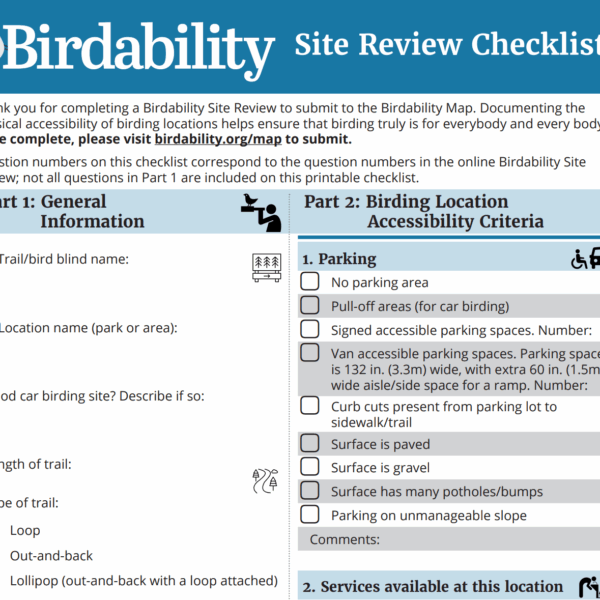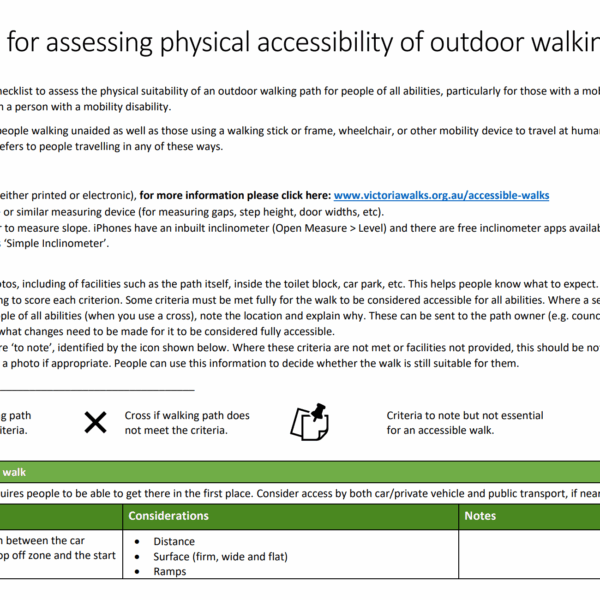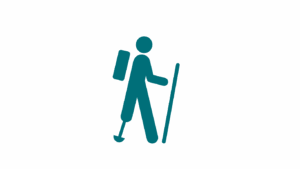
Trail Accessibility Audits: A Starting Point for Inclusion
You don’t need to be a trail builder to help make the outdoors more accessible.
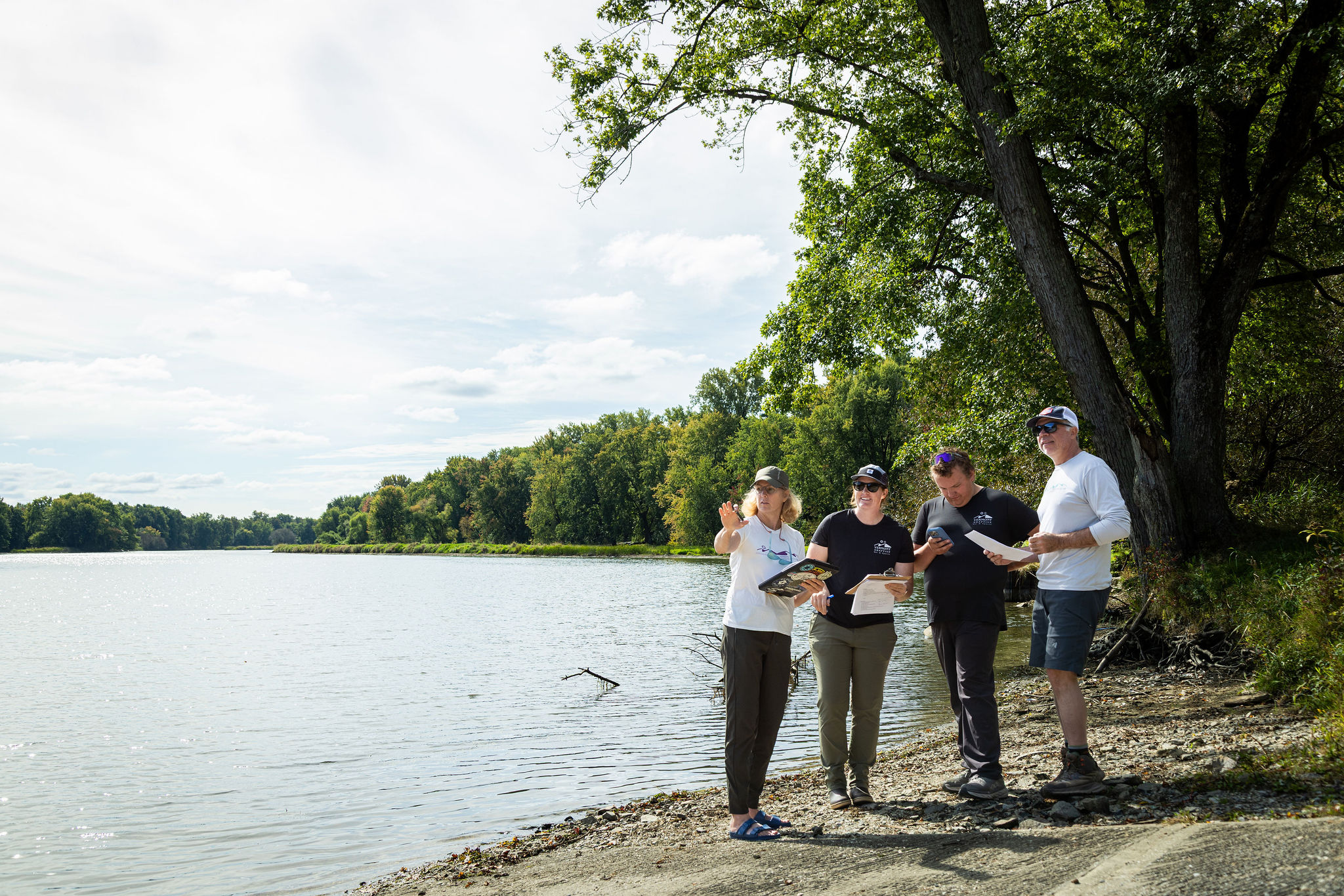
An accessibility audit is a practical, often community-led approach to documenting existing outdoor recreation areas, their current condition, and identifying areas for improvement.
Unlike a technical trail assessment, an audit is less expensive and can be done by volunteers, interns, staff, AmeriCorps members, college interns, or local partners at little to no cost.
Audits note barriers or missing features that can inform trail upgrades, guide funding decisions, and support other improvements like website updates or better trail signage. They’re a useful tool for busy trail managers and communities looking to build shared understanding and take action toward more inclusive outdoor spaces.
Audit vs. Assessment
A trail audit offers a general snapshot of outdoor recreation access. An assessment, on the other hand, is a more technical process that identifies specific upgrades needed to improve accessibility or, in some cases, meet accessibility standards.
What’s the difference?
| Audit | Assessment |
|---|---|
| Observational and broad | Technical and detailed |
| Can be completed by trained volunteers or staff | Usually done by trail professionals |
| Focuses on what exists, what’s usable, and what could be improved | Identifies exact modifications required to meet accessibility guidelines |
| Helps with prioritizing and planning | Helps with design and construction |
Examples:
- An audit might note that a trailhead has no signage or that a bench is present, but it is broken or is obstructed by vegetative growth.
- An assessment would measure the bench height, slope of the trail, and surfacing material to determine whether it meets accessibility standards.
Assessment Types
Some assessments are specific to the type of use:
- Pedestrian: Evaluates whether people using wheelchairs, walkers, or strollers can move along the trail.
- Adaptive mountain biking (aMTB): Measures width, grade, and surface to determine if an adaptive mountain bike can safely navigate the trail.
- Aquatic access: Looks at whether someone using a mobility aid can get to and from the water — and into and out of their boat from a ramp — safely.
Audits and assessments both play a role in expanding access — but they serve different purposes, require different skill levels, and result in different outcomes. For trail managers just getting started, an audit is a great first step.
What to Look For in an Audit
An accessibility audit focuses on observable features that affect how people of all abilities experience a trail or outdoor space. You don’t need technical expertise — just curiosity, consistency, and a willingness to notice what’s there and what’s missing.
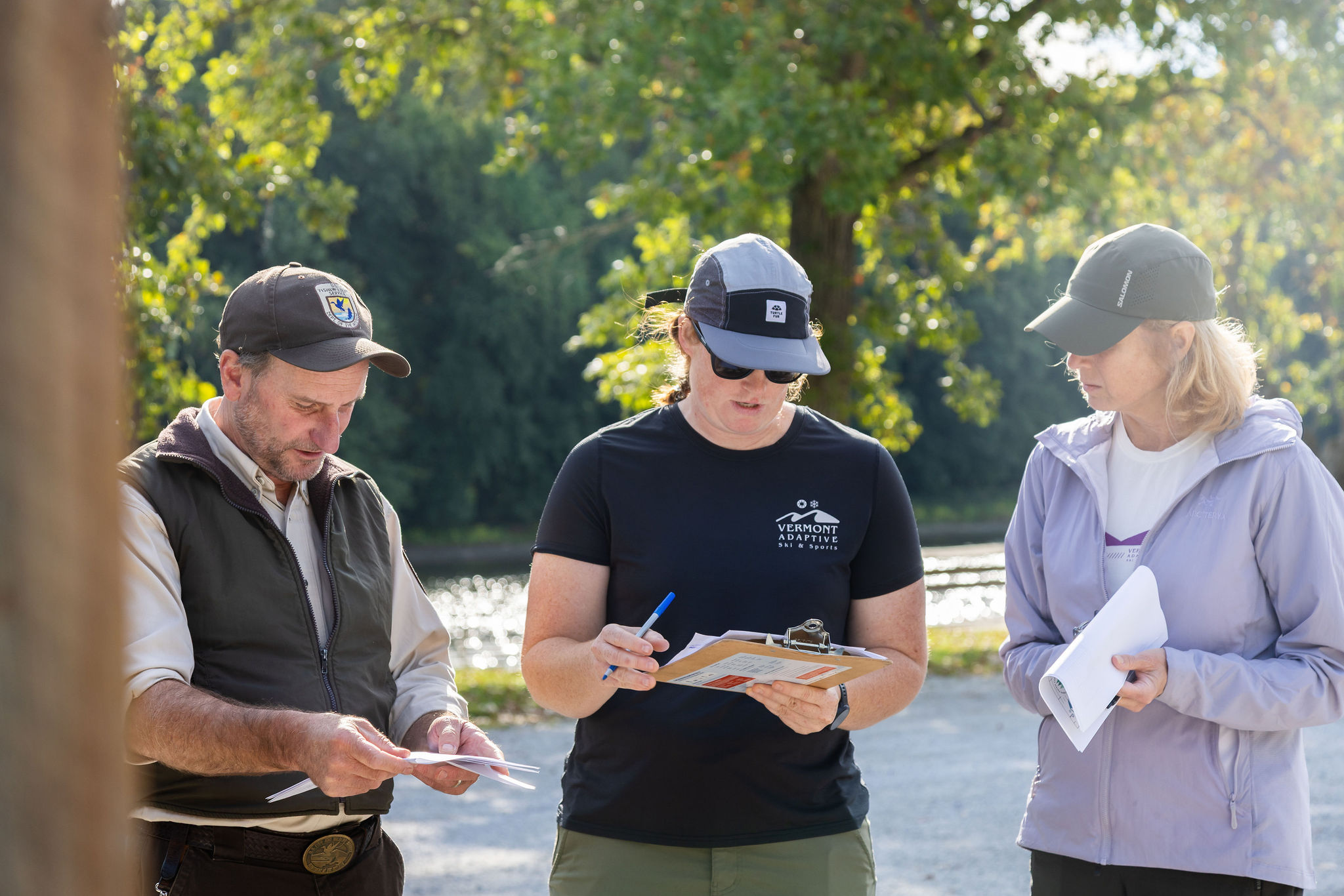
Here are key features commonly reviewed during an audit:
Trail Details and Route
- Surface type and stability (e.g., gravel, crushed stone, dirt, pavement, wood chips)
- Grade and slope: Is the trail steep, uneven, or cross-sloped? There are apps that can help determine gradient.
- Width: Can two people walk side-by-side? Can a mobility device pass other users?
- Obstacles: Are there roots, rocks, sand, or other barriers?
- Steps: If steps are present, how many are in each section? How high is the rise (the height you must step up)? Are all steps the same? Do they turn a corner?
- Bridges and other trail features (water bars, puncheon, boardwalk): Are they wide enough for someone in a wheelchair? Is there a step to get on or off the bridge or other trail feature?
Rest Areas and Features
- Rest stops: Are there benches or flat places to pause? How far apart are the rest areas? Do benches have an arm rest? For benches, note that some people need a firm surface in front of the bench to park a wheelchair or walker.
- Seating: Do benches have backrests or armrests to assist transfers?
- Shade: Are there areas to cool down or take shelter?
Trailheads and Parking
- Accessible parking: Are there designated spaces with signage?
- Van accessible parking spaces: These are not the ‘regular’ accessible parking spaces, but those with 8 feet (2.5m) of side space (often ‘hashed out’ with painted diagonal lines.) These spaces can be vital for wheelchair users who have a ramp to get in and out of the side of their van.
- Paths from parking: Is there a smooth, sloped connection from parking to trail? Are there narrow openings or turnstiles that block access?
- Kiosks and signage: Are maps and signs readable from a seated position? Do they include large print, contrast, or braille?
- Water access: If aquatic access is relevant, is there a safe, stable entry point?
- Gates: Do gates or bollards allow or block access?
Wayfinding and Safety
- Trail signage: Are directional signs clear and consistent?
- Hazards: Are drop-offs, railings, ropes, or steps noted?
- Railings or safety barriers: Is there a lip or barrier to keep people from inadvertently tipping over the edge of the boardwalk or viewpoint?
- Lighting (if applicable): Is the trail or entrance lit?
- Features for low vision or blindness: Do interpretive signs have tactile features (for touching)? Are there guide ropes or tactile markers? Is there a way to hear the signage?
- Cell signal: Is there coverage for emergencies?
- Accessible turnaround or loop: Useful for those who can only travel a short distance.
Amenities & Services
- Restrooms: Are accessible bathrooms nearby? How far from the trailhead?
- Drinking water: Are there accessible water fountains?
Online Information and Digital Access
- Trail descriptions: Do websites or maps include surface type, slope, width, rest areas, and known obstacles?
- Real-time updates: Are closures, construction, or seasonal changes clearly posted?
- Descriptive photos or videos: Are there images showing trail surfaces, grades, or entrances?
- Clarity of language: Are vague labels like “easy” or “moderate” avoided in favor of specific details?
- Web accessibility: Are trail info pages accessible to screen readers and mobile devices? Are PDFs navigable and properly tagged?
Not all of these will apply to every site, and that’s okay. The point of an audit is to create a clear, honest snapshot of what a visitor might encounter so they can decide if the trail is a good fit for their needs.
Costs
Most audits can be done for free with the help of volunteers and existing checklists (see resources below).

People with disabilities are often asked to volunteer their time, but lived experience is expertise. If you’re engaging people with disabilities in audit work, advisory roles, or research, offer compensation whenever possible. If your budget is limited, consider gift cards, covering transportation/meals, and future hiring/contract opportunities. For more on this topic, see the webinar by Audrey Homan of the University of Vermont’s Center for Disabilities and Community Inclusion (CDCI) about valuing lived experience.
When to Hire a Consultant
Some audit projects, especially large, multi-trail systems or sites with complex access needs, may benefit from professional support.
Consider hiring a consultant if:
- You’re auditing a large or diverse trail network
- You need to assess multiple types of access (pedestrian, aquatic, adaptive biking)
- You’re planning to use audit results to support grant applications, capital campaigns, or infrastructure planning
- You want help designing accessible trail features based on federal guidelines
When choosing a consultant, prioritize professionals with lived experience of disability. Their insights go beyond compliance they ensure design reflects real-world use.
Outdoor Access Solutions is one regional example. The team includes people with disabilities and specializes in inclusive trail design, audit support, and accessibility training.
Funding ideas:
- Local grants (e.g., small funds from banks or conservation orgs)
- In-kind support from landowners, towns, or partner organizations
- Community grassroots fundraising
Who Can Help
One of the strengths of an accessibility audit is that it doesn’t require specialized credentials. With the right tools and training, a wide range of people can contribute meaningfully to an audit. Many already have deep knowledge of their local trails and communities.

Staff and Volunteers
- Trail managers and land trust staff
Staff who already know the land can often complete basic audits as part of their regular visits. - Volunteers
With a simple checklist and brief orientation, volunteers can help document trail conditions and identify barriers. This is especially helpful for small organizations with limited staff capacity.
Community Partners
- People with disabilities
Lived experience offers insights that no checklist can replicate. Involve individuals with various mobility, sensory, or cognitive needs — not just as reviewers, but as co-leads when possible. - Local disability organizations
These groups may already have volunteers, advocates, or staff interested in participating — and may also provide training or outreach support. - Educators and Students
High school and college students can take part through service-learning, outdoor rec, or environmental science classes. For example, South Hero Land Trust has hosted college interns who completed trail audits as part of their coursework. - Scouts, youth corps, or AmeriCorps teams
These groups often look for meaningful community service projects and can bring energy and visibility to an audit project.
Tips for Organizing a Team
- Offer a clear form or checklist to guide the audit
- Host a short training session or orientation walk
- Pair people with different abilities and perspectives
- Create space for informal observations in addition to checklist responses
Audits are more effective and accurate when a diverse group of people contributes. Think beyond the usual suspects and build a team that reflects the community you want to welcome.
Stakeholders
Audits are more than data collection. They’re an opportunity to build trust, shift culture, and grow lasting partnerships around access and inclusion. That starts by involving the right people from the beginning.
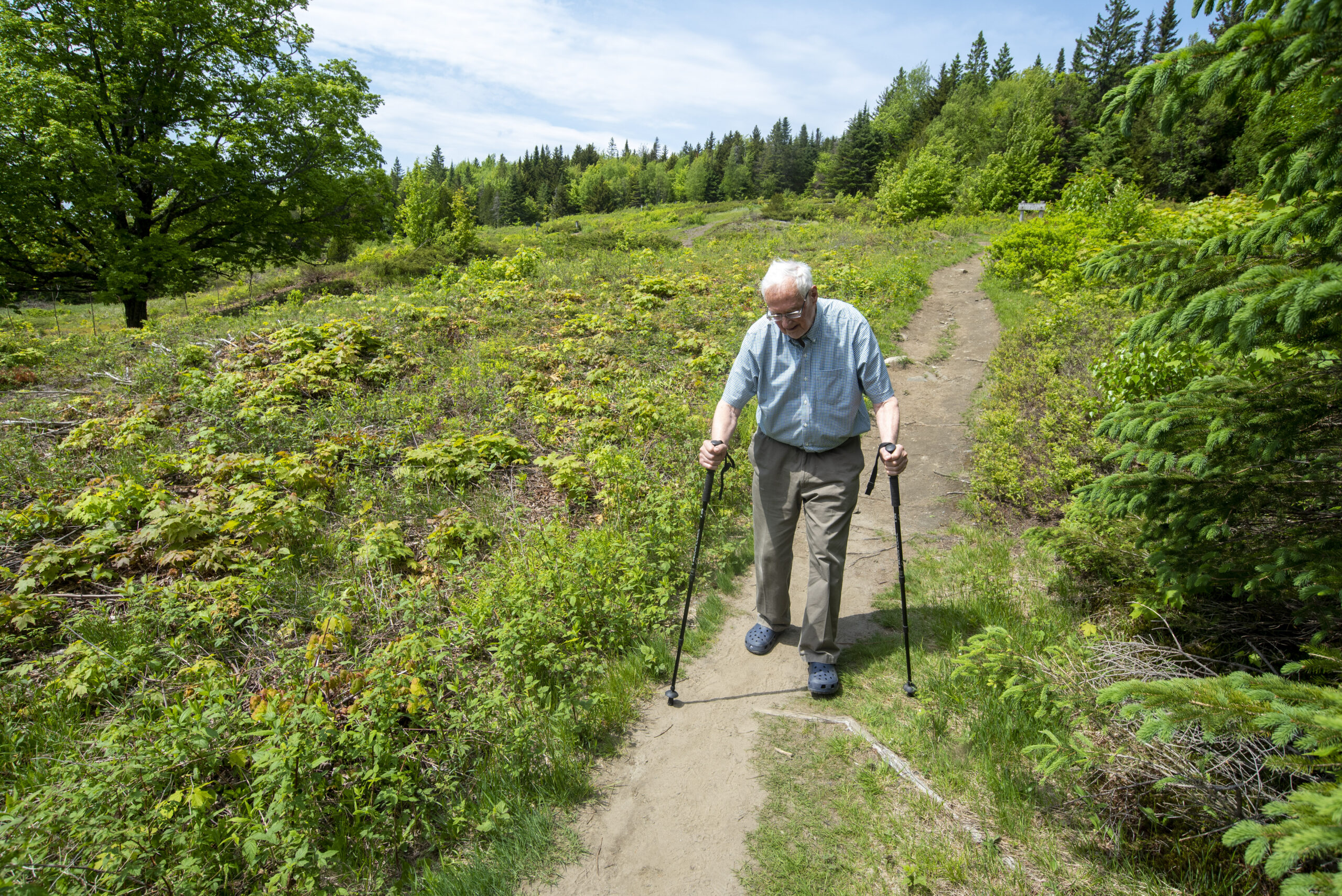
Nothing About Us Without Us
If you’re doing an audit to improve access for people with disabilities, involve people with disabilities. Their lived experience is essential to identifying barriers, shaping priorities, and building solutions that work.
This means:
- Involving people with disabilities in the audit itself
- Creating an advisory group to provide input, review findings, and guide next steps
- Making space for feedback in different formats (verbal, written, visual, etc.)
- Offering compensation or recognition for time and expertise
Example: South Hero Land Trust used grant funding from the Land Trust Alliance to create an advisory council that included disabled community members. The council helped guide the audit, interpret results, and shape future actions.
Engage at Every Level
Access work is stronger when it’s collaborative. Try to include:
- Trail users and neighbors
- Parents and caregivers
- Local recreation groups
- Disability advocacy organizations
- Landowners and municipalities
- Educators, healthcare workers, or youth-serving orgs
These stakeholders can help:
- Identify trail access issues others may not see
- Build support and buy-in for future projects
- Volunteer, fundraise, or help implement changes
- Advocate for inclusive practices long after the audit ends
Forms & Guidelines
You don’t have to start from scratch. Several organizations have already created helpful templates, checklists, and guides that you can adapt to your site and community.
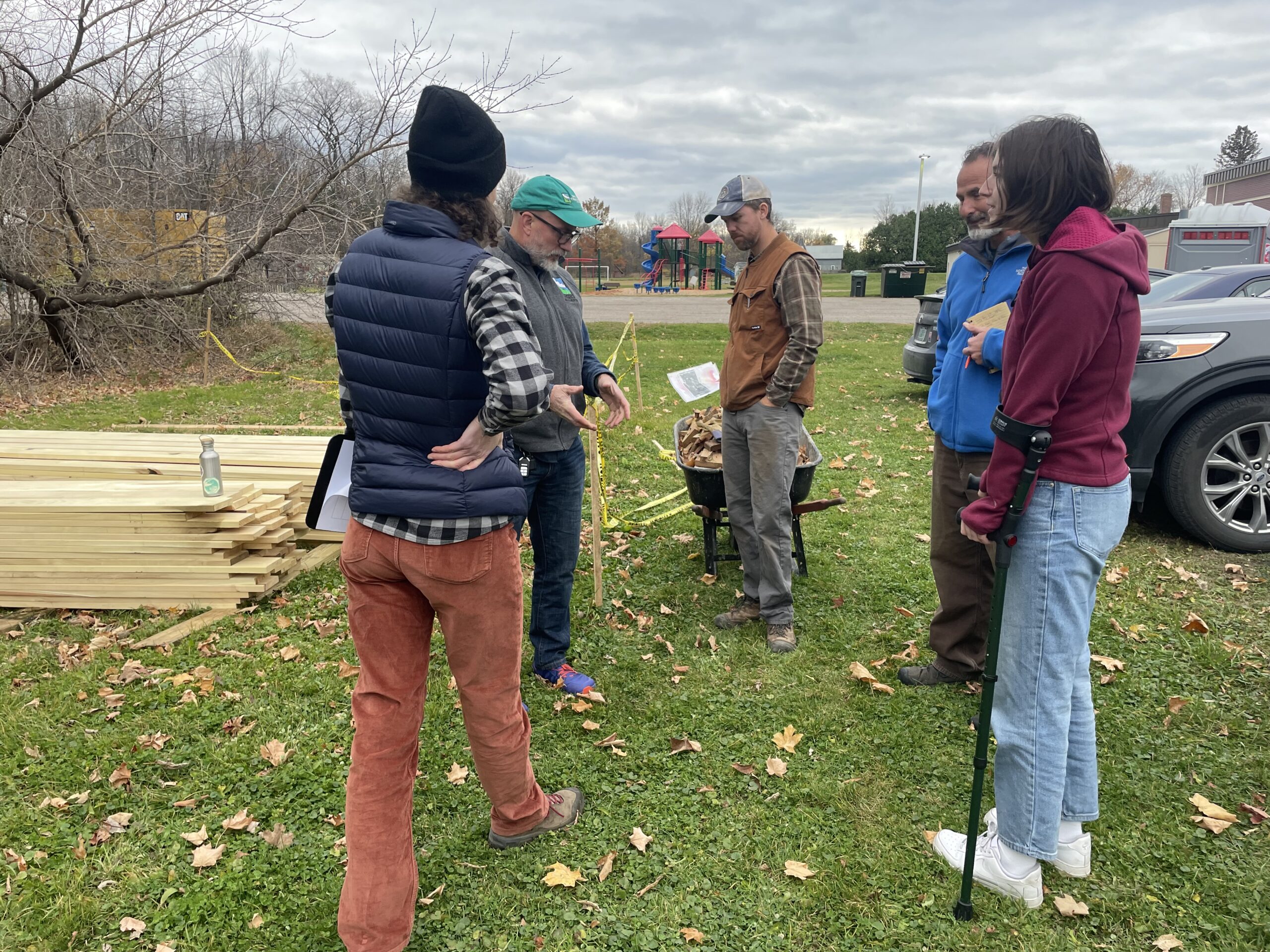
“The most successful audits don’t just produce data. They spark momentum and build relationships that carry the work forward.”
—Sharon Plumb, Vermont Trails and Greenways Council
Sample Audit Forms
Here are a few widely used tools for community-led accessibility audits:
Birdability Site Review Template
A flexible, user-friendly checklist that covers trail surfaces, signage, restrooms, parking, and website info. Great for volunteers and first-time auditors.
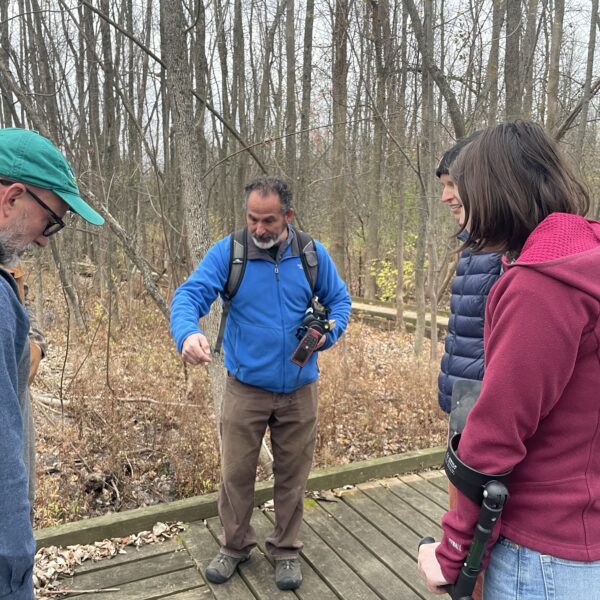
South Hero Land Trust Audit Checklist
A field-ready checklist and spreadsheet used by the South Hero Land Trust during their community-led trail audit process.
View Audit Checklist (coming soon)
Victoria Walks Accessibility Checklist
A detailed tool. created initially in Australia, that is helpful for auditing walkways, signage, crossings, and rest stops.
Sharing
Audits are more than data collection. They’re an opportunity to build trust, shift culture, and grow lasting partnerships around access and inclusion. That starts by involving the right people from the beginning.
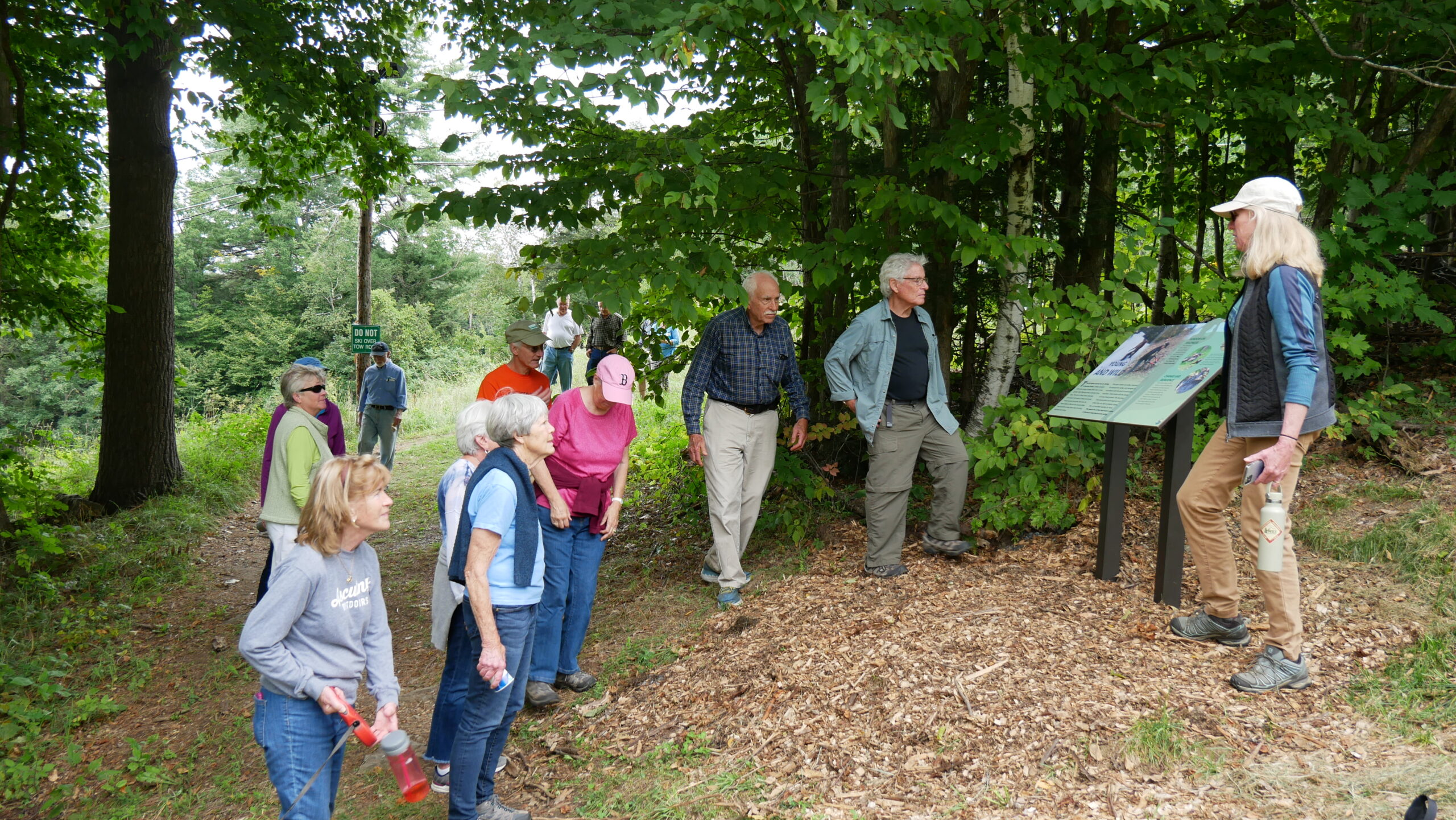
Share What You Learned
- Post summaries or highlights of your audit on your website or social media
- Use plain language and visuals to show progress
- Credit those involved, especially volunteers and community partners
- Show how feedback informed next steps
Be Transparent
- Let people know what’s accessible now and what’s in progress
- Share estimated timelines for improvements when possible
- Acknowledge barriers openly to build credibility and trust
Use Accessible Formats
- Follow WCAG guidelines for online updates
- Provide alternative formats for audit findings (PDFs, plain text, large print)
- Caption videos and include image alt text
Celebrate Progress
- Highlight stories of improved access
- Share before-and-after photos or testimonials
- Invite community members to come experience the changes
Related Reading
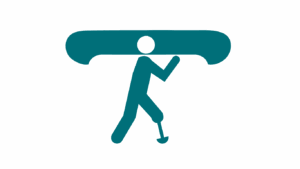
Aquatic Entry: Accessible Standards
Coming Soon
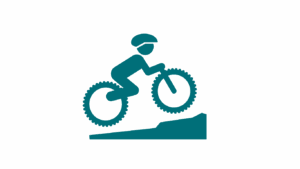
Mountain Biking: Accessible Standards
Coming Soon
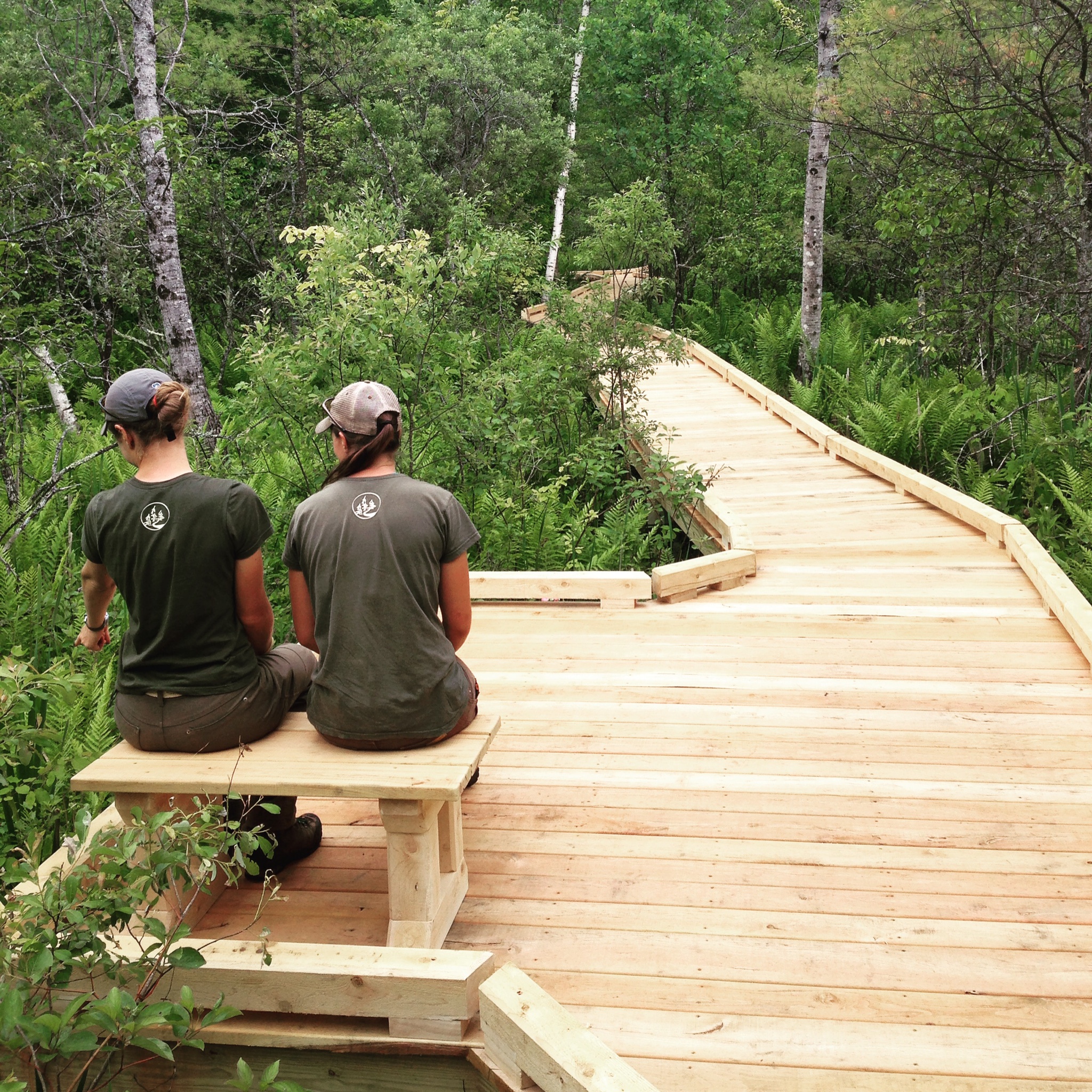
Accessibility vs. Access
Access and accessibility are often used interchangeably, but they mean different things. Understanding the distinction is essential for building inclusive outdoor spaces.
